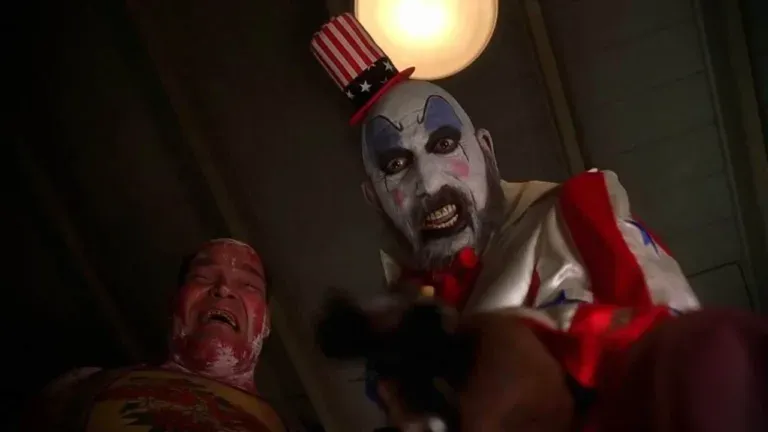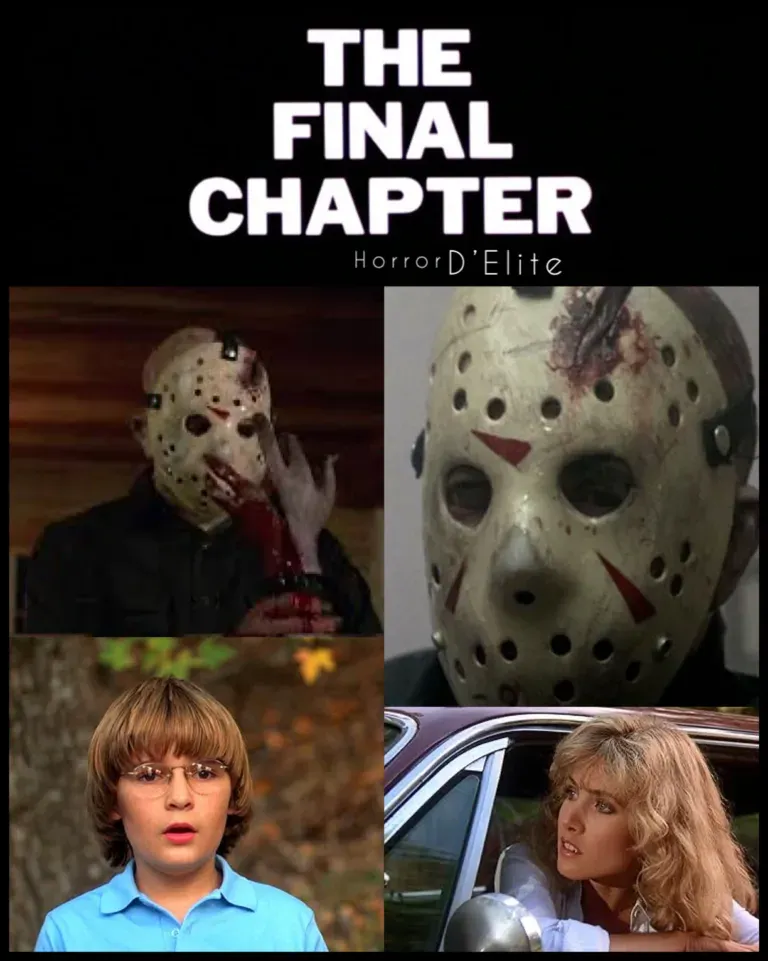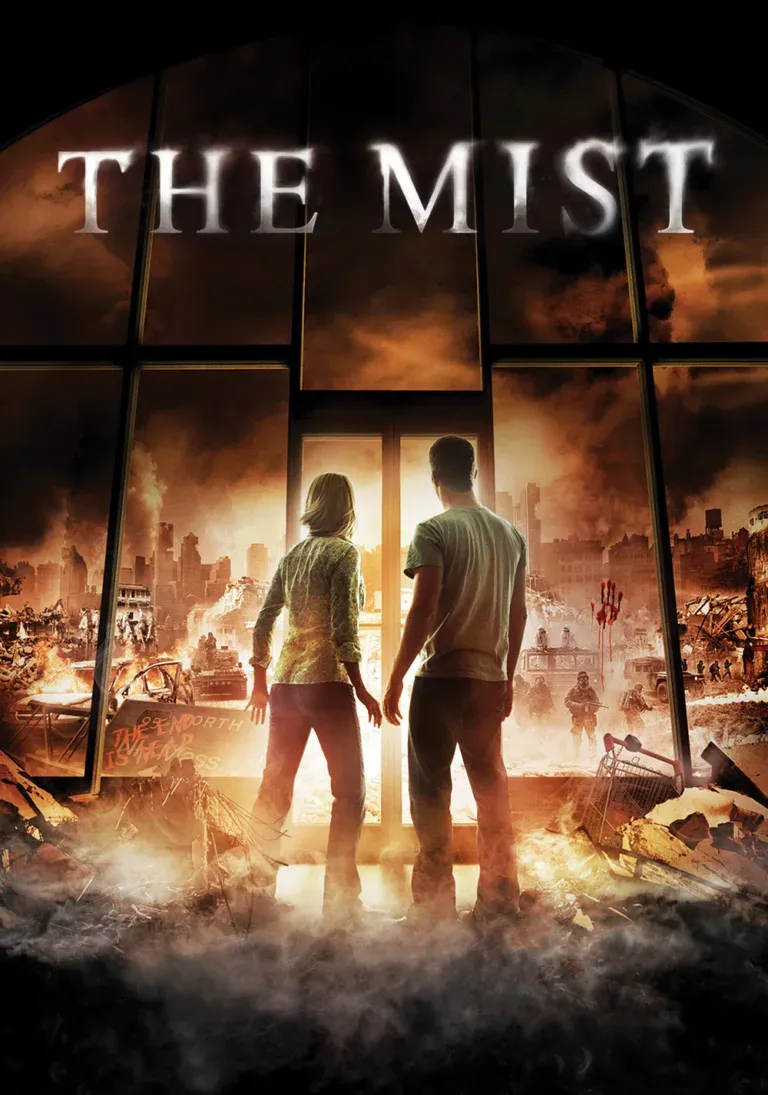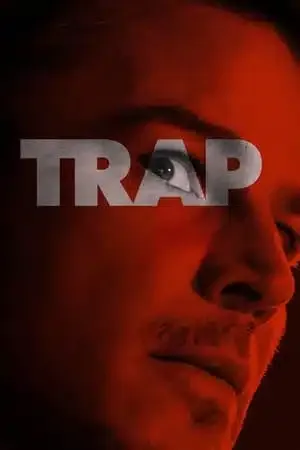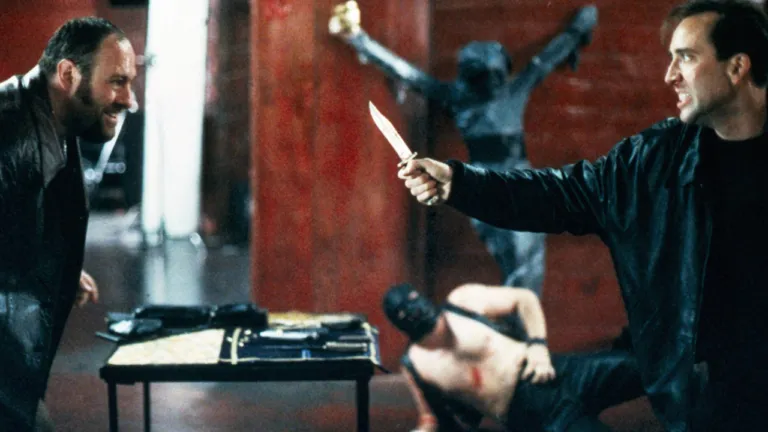Child’s Play and the Icon Chucky
“Child’s Play” and the Icon Chucky, released in 1988 and directed by Tom Holland, is a film that has profoundly impacted collective imagination and the horror genre. At the center of the story is Chucky, a doll that has become one of the most recognizable icons of horror cinema, alongside figures like Freddy Krueger, Jason Voorhees, and Michael Myers. “Child’s Play” not only spawned one of the longest-running and beloved horror franchises but also redefined the concept of the cursed doll, introducing a character that has terrified generations of viewers.
 Plot of the Film
Plot of the Film
The story of “Child’s Play” revolves around an apparently harmless doll named Chucky, part of the “Good Guy” toy line. This doll is extremely popular among children, thanks to its friendly appearance and ability to speak. However, what makes Chucky different from other toys is that inside him lies the soul of a serial killer.
The plot kicks off when the criminal Charles Lee Ray, nicknamed “Chucky” (voiced by Brad Dourif), is mortally wounded while fleeing from the police in a toy store. Using a voodoo ritual, he transfers his soul into one of the “Good Guy” dolls to escape death. The doll is later purchased as a birthday gift for Andy Barclay, an innocent boy who soon finds himself at the center of terrible events. Once in Andy’s possession, Chucky begins to enact revenge against those who thwarted him while seeking a way to permanently transfer his soul into a human body.
Chucky: The Icon of Evil
Chucky is undoubtedly the heart and soul of “Child’s Play.” His figure represents one of the most disturbing inversions of an innocence symbol: the doll, an object typically associated with comfort and safety for children, becomes a vehicle of pure terror. Chucky, with his chubby face, messy red hair, and initially friendly smile, hides a deeply evil and sadistic soul beneath the surface.
What makes Chucky particularly terrifying is not just that he is an animated doll, but also his personality. The fusion of the doll’s innocent exterior with the ruthless wickedness of Charles Lee Ray creates a disturbing contrast. Chucky is sarcastic, manipulative, and incredibly violent, showing no hesitation in using every means at his disposal to achieve his goals.
Another aspect that distinguishes Chucky from other horror figures is his mobility and ability to speak. Unlike other cursed dolls, Chucky is actively involved in bringing terror: he talks, moves quickly, and uses surrounding objects to carry out his murders. His voice, provided by Brad Dourif, is a blend of irony and threat, further amplifying his terrifying power.
The Aesthetics of Chucky
Chucky’s design has become an icon in the horror world. At the beginning of the film, the doll appears harmless, with a sweet and friendly look typical of a children’s toy. However, as the plot progresses, Chucky undergoes a visible transformation: his face becomes increasingly menacing, with expressions ranging from malevolent to diabolical. Details like scars, cuts, and burns added in subsequent films contribute to making Chucky even more frightening, emphasizing his indestructible nature and continuous evolution as a symbol of evil.
The combination of his childlike appearance and the violence of his actions creates a dissonance that heightens the sense of terror. The use of practical effects to animate Chucky, including animatronics and puppetry, gives the doll a tangible physical presence that enhances its ability to scare. Despite his small size, Chucky is portrayed as an unstoppable force, capable of overwhelming his victims with cunning and cruelty.
 The Psychology of Horror in “Child’s Play”
The Psychology of Horror in “Child’s Play”
One of the most intriguing elements of “Child’s Play” is how it exploits the innate fear that familiar objects can transform into something dangerous. Dolls, usually symbols of innocence, are subverted here to become vehicles of violence and terror. This subversion of everyday objects, especially those associated with childhood, touches deep chords in human fears, making Chucky not only frightening but also unsettling on a psychological level.
The film also explores themes of vulnerability and betrayal of trust. Andy, an innocent child, faces a reality in which his favorite toy transforms into a murderous monster. This reversal of trust is central to the terror of “Child’s Play,” as horror arises from the idea that evil can infiltrate the safest and most protected places in a person’s life, such as a child’s bedroom.
The Success and Legacy of Chucky
“Child’s Play” has had a massive impact on the horror genre, leading to a long series of sequels, spin-offs, remakes, and even a television series. Chucky has become one of the most recognizable faces of horror, to the point of being frequently parodied and referenced in pop culture. The character has carried the series, managing to reinvent itself and remain relevant over the years, transitioning from being a killer doll to a full-fledged cultural icon.
The success of the “Child’s Play” franchise can be attributed largely to Chucky’s charisma. His ability to blend dark humor with shocking violence has created a unique niche for the character within horror. Unlike many other movie killers, Chucky is not silent or reserved; he is a character that talks, jokes, and plays with his victims, making him an antagonist as entertaining as he is frightening.
Conclusion
“Child’s Play” is a film that redefined the concept of the cursed doll, introducing Chucky as one of the most memorable figures in modern horror. With his combination of innocent appearance and evil soul, Chucky represents an antagonist that continues to terrify and fascinate audiences around the world. Tom Holland’s film initiated a franchise that has evolved over time, keeping Chucky at the forefront as one of the most iconic and beloved monsters of horror.
For anyone passionate about horror cinema, “Child’s Play” and its malevolent protagonist offer an experience that blends tension, fear, and a touch of macabre irony. Chucky is a figure that perfectly embodies the terror that can lurk behind appearances, reminding us that even the most innocent things can hide an unstoppable evil.
 Subscribe to our YouTube channel.
Subscribe to our YouTube channel.
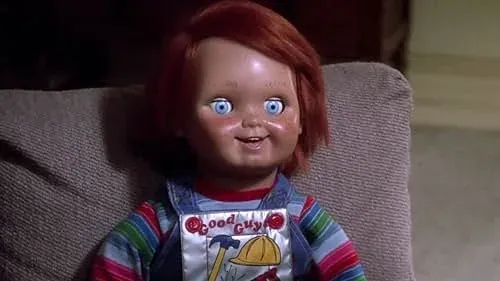
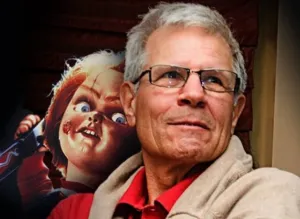 Plot of the Film
Plot of the Film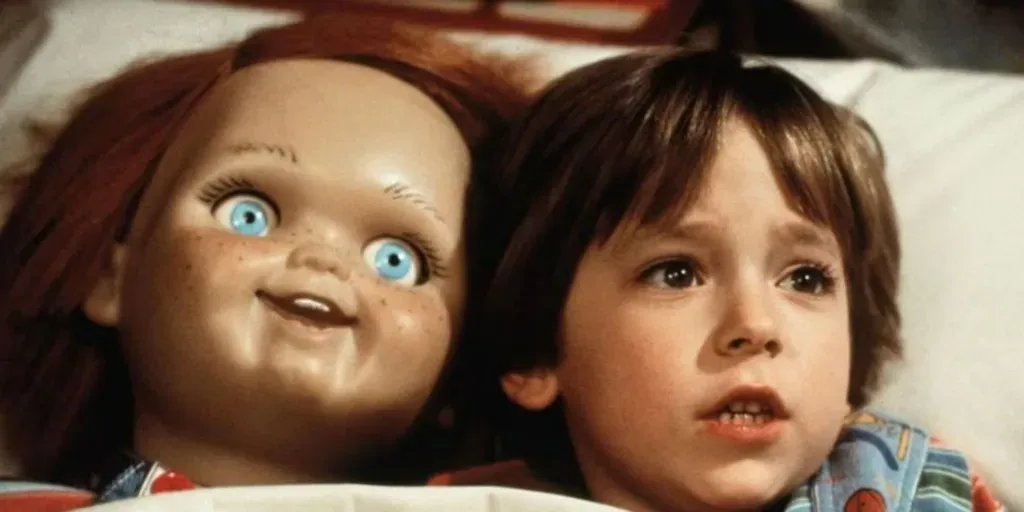 The Psychology of Horror in “Child’s Play”
The Psychology of Horror in “Child’s Play”